The city - sliced, diced and served with a dash of sauce

Pic/Anurag Ahire
Raindrops keep falling on her head
While her parent selects a school bag, a little girl steps out of the store to enjoy the pitter patter in Borivali
Samaaj first

In the 30 years that she’s worked in the civic space, author and philanthropist Rohini Nilekani has felt that among the three sectors — the society, the state and the markets, we need to focus more on society or samaaj. Her new title, Samaaj, Sarkaar, Bazaar: A Citizen-First Approach, will advocate that the quest for a good society begins with positioning samaaj as the foundational sector. “Much has been written about the role of markets and the state. Much more needs to be highlighted about people coming together as citizens first. I hope this book helps spark an honest debate about the role of samaaj in the continuum of sarkaar and bazaar,” shared the author about the book that releases on August 4.
Historic seat of learning
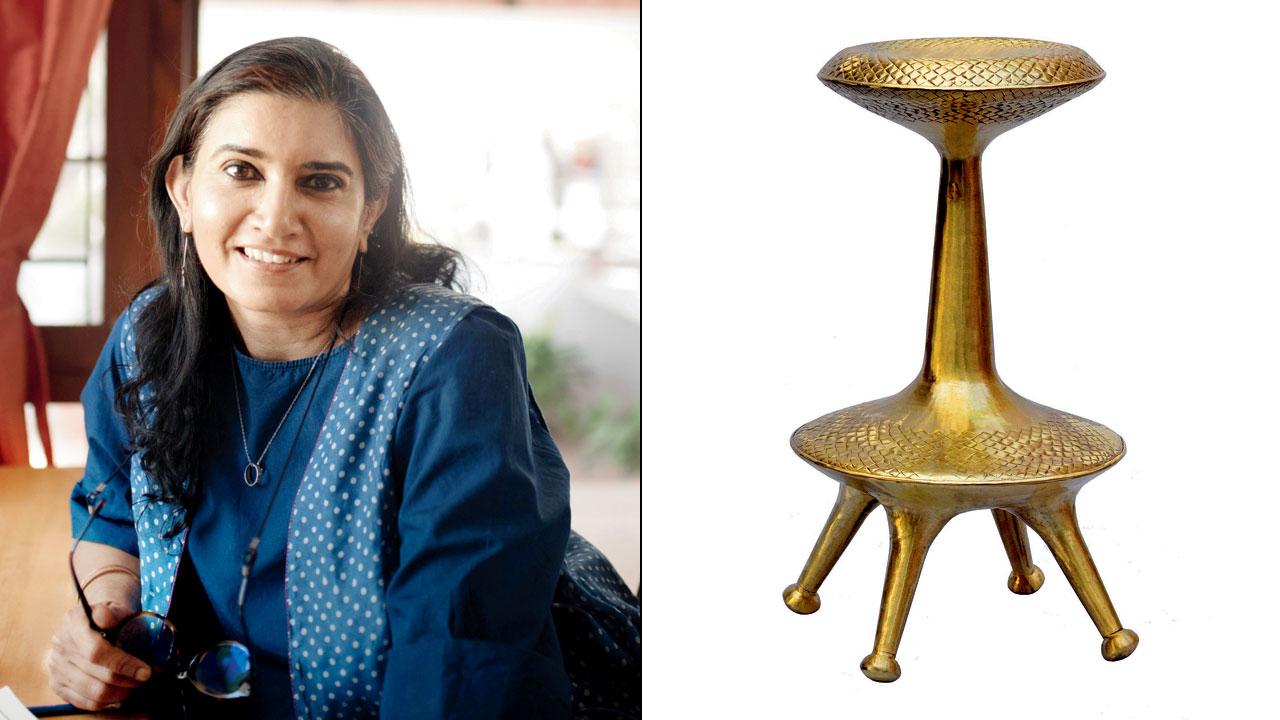
Author Sarita Sundar (right) ornate chair from the book
The chair may seem like an ordinary everyday object. For author Sarita Sundar it holds the secret to many aspects of evolution. Her curiosity has led to the book, From the Frugal to the Ornate: Stories of the Seat in India, in collaboration between Sundar’s research and design consultancy, Hanno, and Godrej Archives. Launched today, the book of essays examines culture through the evolution of the humble seat. Vrunda Pathare, head, Godrej Archives, told us, “The collaboration was a way to consummate our shared preoccupation with objects, their ‘thingness’, and their histories.” For Sundar, though, the seat is more than an object. “Often, we are not conscious of an object’s ability to speak for itself, unaware of what we are revealing to others by using everyday objects or, at other times, how ubiquitous objects are used wittingly to flaunt a style or express a position in society,” she said, adding that the humble chair has had the agency to influence people across history.
Old friends on the black
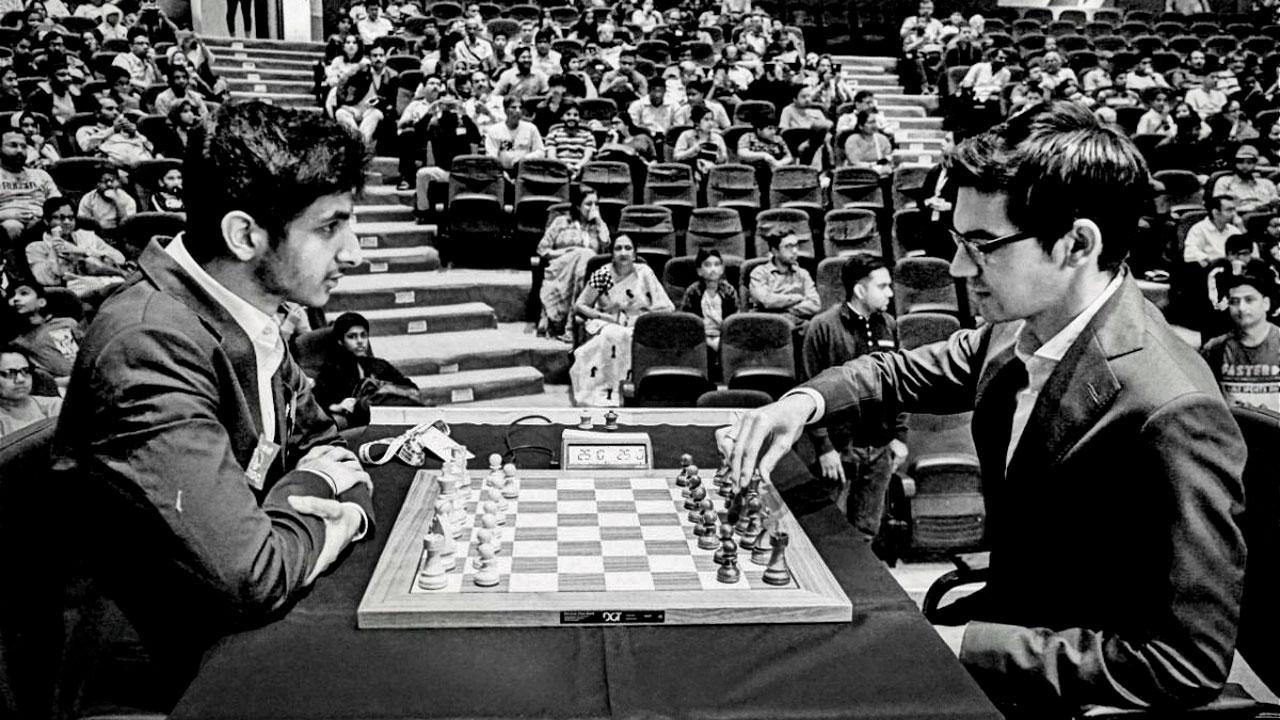
Vidit Gujrathi and Anish Giri in battle
If there is one sport in India that people know but do not watch, it would be chess. Yet, Sagar Shah, founder, ChessBase India, is looking to turn this indoor sport into a spectator-friendly one. The organisation has set up a death match between Vidit Gujrathi and Anish Giri at Phoenix Market City on July 26. The battle between Giri, world no 10, and Gujrathi, world no 28, is special as the two retain a close friendship. The pair started out as colleagues, Shah (inset) added. “Vidit was Anish’s second for some years and they remained close friends.”
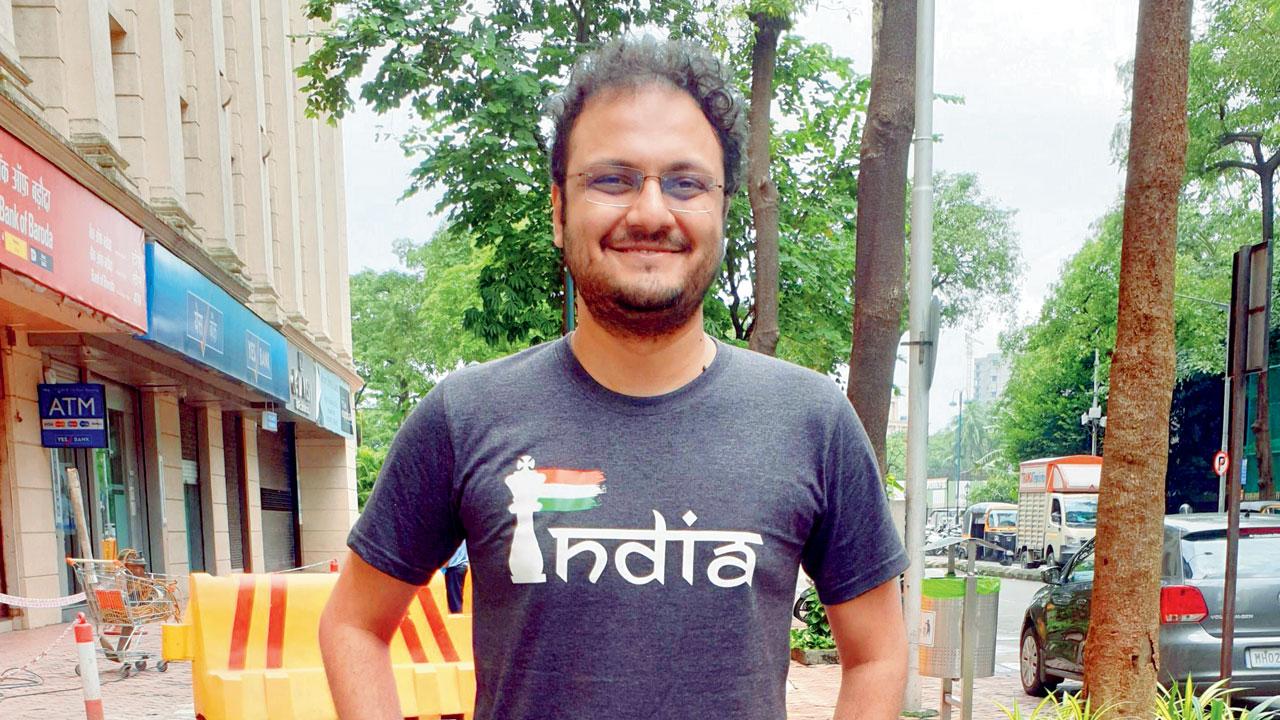
The friendly nature though it ends at the board, he noted. “They are rivals on the board and hate losing.” To spice up the battle, Shah informed this diarist that the two will battle over multiple formats, including a blindfolded segment where they will not touch the pieces. “There are over 900 people expected to attend. The match will also be streamed live on our YouTube channel,” Shah remarked. While the sport traces its roots to India’s past, Shah said that its post-pandemic rise is phenomenal. Comedians like Biswa Kalyan Rath and Samay Raina have also taken up the game. For enthusiasts in the city, the event has an open tournament on July 25 for 350 participants. “The top 10 will join 10 celebrities in a simultaneous battle with the two,” Shah revealed.
Restoring a cine classic
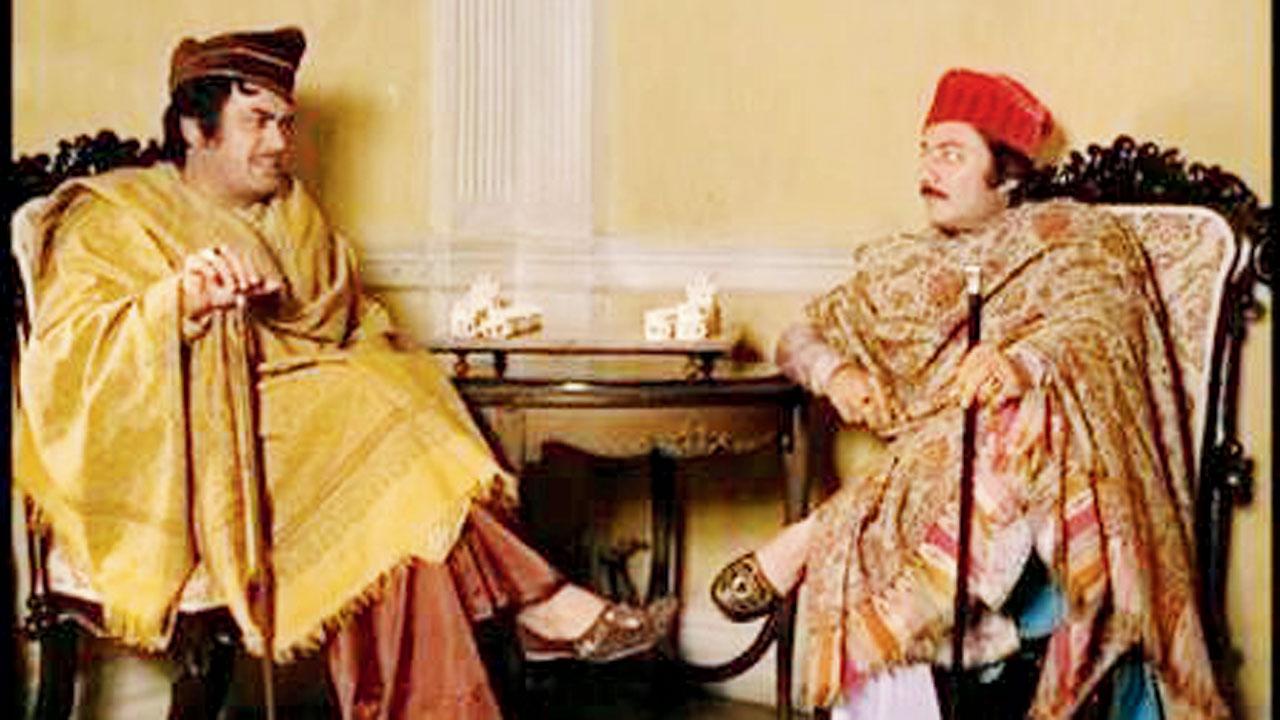
Actors Sanjeev Kumar and Saeed Jaffrey in a still from the film
Lovers of Satyajit Ray’s films have reason to be excited. In an age of digital entertainment, the National Film Archives (NFAI) and National Film Development Corporation (NFDC) have brought back a rare heritage for Indian cinema. The organisations recently announced the completion of the 4K restoration of a Ray classic, Shatranj Ke Khiladi. The iconic film will now make its world premiere at the upcoming Venice Film Festival in September, Ravinder Bhakar (inset), MD, NFDC, told us.
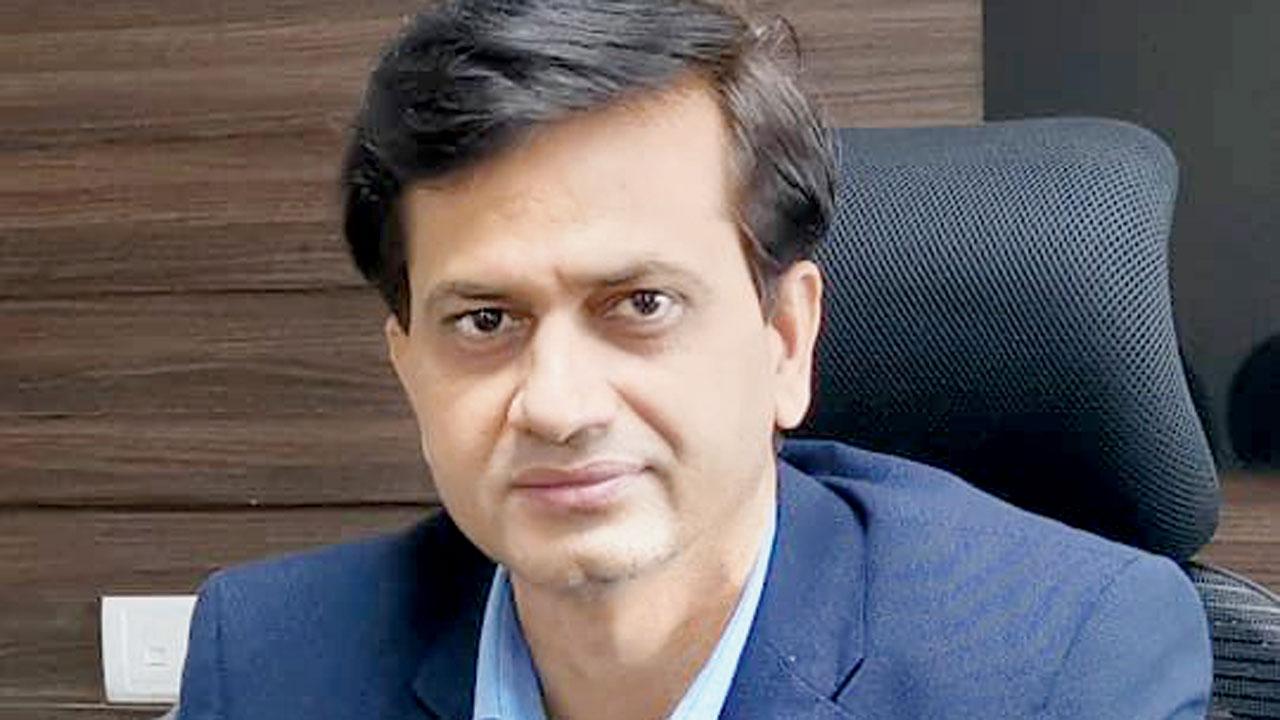
He added that the restoration was done by carefully scanning the original film negatives. “This is the only feature film in Hindi by Ray, and is an important film for India,” Bhakar explained. The journey is just beginning though, Bhakar promised. “The National Film Heritage Mission has already earmarked 5,113 films to be restored by NFDC-NFAI. Out of which 2,345 are feature films and 2,768 are short films.” For now at least, Ray’s work is safe for future generations.
 Subscribe today by clicking the link and stay updated with the latest news!" Click here!
Subscribe today by clicking the link and stay updated with the latest news!" Click here!










